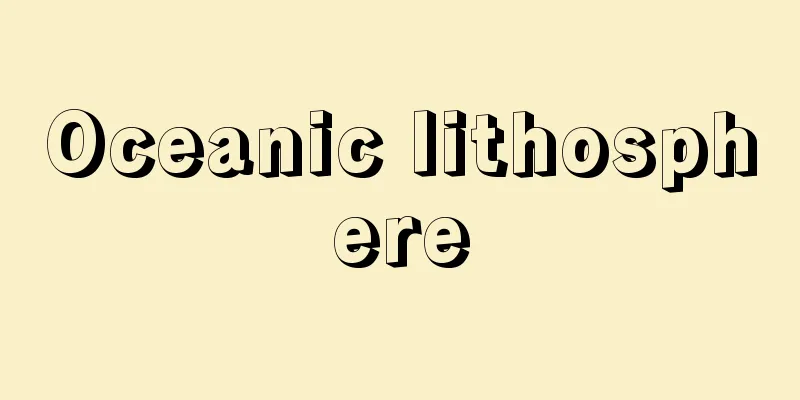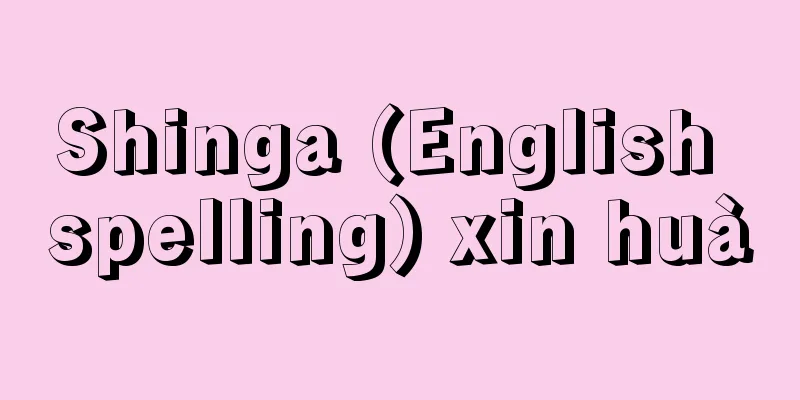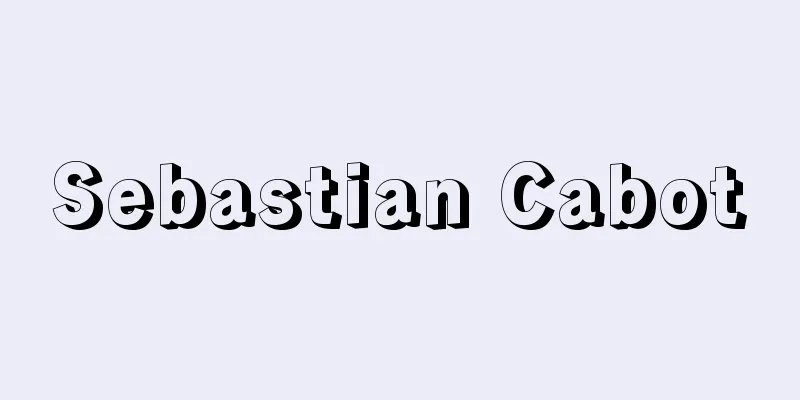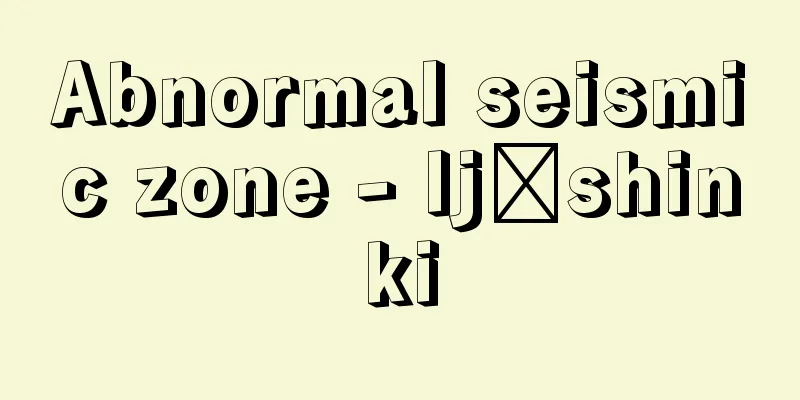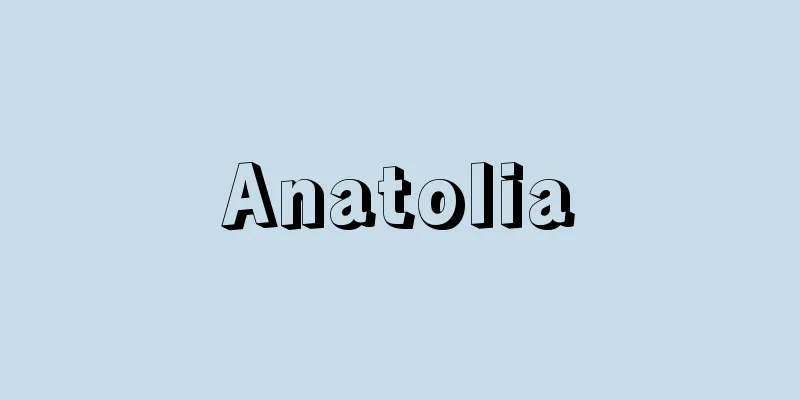Means of production

|
It refers to something that contributes to the production of goods necessary for human life and is the object of productive consumption. While consumable materials are the object of personal consumption, means of production are consumed productively in the production process. Means of production, together with labor power, are essential elements of the labor process. However, what distinguishes means of production from consumable materials is not the nature of the goods, but the way in which the goods are consumed. Means of production consist of objects of labor and means of labor. Objects of labor are the objects on which the labor subject works, and include not only things that have not yet been processed by human labor, such as land, forests, and natural resources, but also raw materials that have already been processed by labor. Means of labor mediate human labor performed on these objects of labor and serve as a medium for transmitting labor. Among these means of labor, tools and machines are called the muscular system of production, and are distinguished from the vascular system of production, which is the container for objects of labor, such as pipes, baskets, and barrels. Factories, warehouses, roads, and canals used in production are also included in the means of labor. Among the means of production, the means of labor play an active role in the production process, unlike the objects of labor, and so in recent years they have been called production tools, separate from the means of production, and they and labor power are said to be components of productive forces. In a class society, what distinguishes classes is the ownership relationship of the means of production. In a capitalist society, it is the landlord/capitalist class that owns the means of production, and the working class owns labor power but does not own the means of production. [Katsujiro Fujita] [Reference item] | |Source: Shogakukan Encyclopedia Nipponica About Encyclopedia Nipponica Information | Legend |
|
人間の生活に必要な財貨の生産に役だち、生産的消費の対象となるものをいう。消費資料が人間の個人的消費の対象となるのに対して、生産手段は生産過程で生産的に消費される。生産手段は労働力とともに労働過程にとって不可欠な要素となる。ところで、生産手段と消費資料とを区別するものは財貨の性質ではなく、財貨が消費される仕方である。生産手段は労働対象と労働手段とからなるものであって、労働対象は労働主体が労働する対象であり、土地・森林・自然的資源などまだ人間の労働によって加工されていないものだけでなく、すでに労働によって加工された原材料を含む。労働手段はこの労働対象に対して行われる人間労働を媒介するものであり、労働の伝達体として役だつ。この労働手段のうち道具や機械などは生産の筋骨体系とよばれ、管・籠(かご)・桶(おけ)など労働対象の容器となる生産の脈管系統と区別される。また、生産に使われる工場、倉庫、道路、運河なども労働手段のうちに含まれる。生産手段のうち労働手段は労働対象とは違って生産過程で積極的な役割を果たすところから、近年生産手段とは別に生産用具と名づけられ、それと労働力が生産力の構成要素であるといわれている。階級社会において階級を区別するものは生産手段の所有関係である。資本主義社会で生産手段を所有するのは地主・資本家階級であり、労働者階級は労働力を所有するが生産手段を所有しない。 [藤田勝次郎] [参照項目] | |出典 小学館 日本大百科全書(ニッポニカ)日本大百科全書(ニッポニカ)について 情報 | 凡例 |
<<: Production feed - Seisanshiryo
Recommend
Perino del Vaga (English spelling) PerinodelVaga
… [The birth of Mannerism] Regarding the origins ...
Darjeeling - Darjeeling (English spelling)
A tourist and resort city in northeastern India, ...
Polariscope - Polariscope
A general term for a device that combines a polari...
Miocene
A geological period that divides the Neogene Peri...
Organism Dynamics
…During that time, Aye's achievements made hi...
Interbank exchange rate
Generally refers to the foreign exchange buying an...
Kyumenden - Kyumenden
…The land was either cultivated by the owner hims...
Antonio das Mortes - Antonio das Mortes
...The result of this was the so-called "new...
Primitive communism
Communism is mainly a theoretical concept envisag...
Crested shelduck (English spelling) Tadorna cristata; crested shelduck
Anseriformes, Anatidae. There are only three speci...
Rahn, JH (English spelling)
…On the other hand, in the 15th century, 4÷ was u...
The Sacrifice of Isaac (Ghiberti)
…His first clear mark as a sculptor was his parti...
"Kenakaki" - Kanenakaki
...The name was derived from the fact that the fa...
Phimai Temple - Phimai Temple
The ruins of a Khmer temple in Phimai, 270 km nort...
tschermakite
...(2) is the group with the most diverse chemica...

